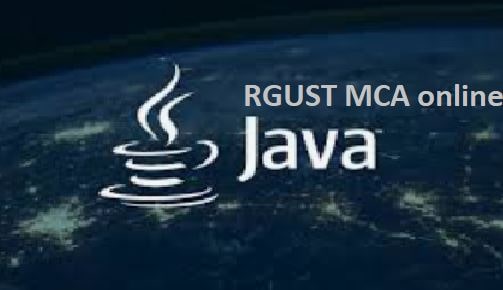
Top 25 Essential Concepts in Java Language | Preparation Guide
Introduction
Java is a versatile and widely-used programming language known for its portability, object-oriented features, and extensive libraries. It is commonly used for building enterprise-level applications, mobile apps, and web applications. This guide covers 25 fundamental concepts of Java, providing learners with a comprehensive understanding of the key features and best practices for developing robust Java applications.
1. Variables and Data Types
Variables are used to store data that can be used and manipulated throughout a program. Java supports various data types including int, float, char, double, boolean, and more.
2. Operators
Operators are symbols that perform operations on variables and values. Java includes arithmetic, relational, logical, bitwise, and assignment operators, as well as operator precedence.
3. Control Structures
Control structures such as if, else, while, for, and switch are used to control the flow of a program based on conditions and loops.
4. Methods
Methods are reusable blocks of code that perform a specific task. They can take parameters and return values, allowing for modular and maintainable code.
5. Classes and Objects
Classes are blueprints for creating objects, which are instances of classes. They encapsulate data and methods that operate on that data, following the principles of object-oriented programming.
6. Constructors
Constructors are special methods that initialize objects. They are called when an object is created and can set initial values for object attributes.
7. Inheritance
Inheritance allows a class to inherit properties and behaviors from another class. It promotes code reuse and establishes a relationship between the base class and derived class.
8. Polymorphism
Polymorphism allows methods to behave differently based on the object that invokes them. It is achieved through method overloading and method overriding.
9. Encapsulation
Encapsulation is the concept of bundling data and methods that operate on that data within a single unit (class). It restricts direct access to some of an object's components.
10. Abstraction
Abstraction is the concept of hiding the complex implementation details and showing only the necessary features of an object. It helps in managing complexity and enhancing code readability.
11. Interfaces
Interfaces are abstract types that specify a set of methods that a class must implement. They provide a way to achieve abstraction and multiple inheritance in Java.
12. Packages
Packages are used to group related classes and interfaces. They provide a way to organize code and avoid name conflicts by grouping entities under a unique namespace.
13. Exception Handling
Exception handling provides a way to handle runtime errors using try, catch, and finally blocks. It helps in creating robust and error-resistant programs.
14. Collections Framework
The Java Collections Framework provides a set of interfaces and classes for storing and manipulating groups of data. It includes lists, sets, maps, and queues.
15. Generics
Generics enable types (classes and methods) to be parameters when defining classes, interfaces, and methods. They provide stronger type checks at compile time and eliminate the need for typecasting.
16. File I/O
File input and output (I/O) functions allow Java programs to read from and write to files. They are essential for data storage and retrieval.
17. Multithreading
Multithreading allows a program to perform multiple tasks concurrently. Java provides built-in support for creating and managing threads through the java.lang.Thread class and java.util.concurrent package.
18. Lambda Expressions
Lambda expressions are a concise way to define anonymous functions. They are used to implement functional interfaces and provide a more readable and compact code.
19. Streams API
The Streams API provides a modern way to process collections of data. It supports functional-style operations on streams of elements, such as map, filter, and reduce.
20. JDBC (Java Database Connectivity)
JDBC is an API for connecting and executing queries with databases. It provides methods for querying and updating data in a database and handling SQL exceptions.
21. Annotations
Annotations are metadata added to Java code to provide additional information. They are used for configuration, documentation, and code analysis tools.
22. Reflection
Reflection allows a program to inspect and manipulate its own structure at runtime. It is used for dynamic class loading, method invocation, and accessing private fields.
23. Serialization
Serialization is the process of converting an object into a byte stream, which can be persisted to a file or transmitted over a network. Deserialization is the reverse process.
24. JavaFX
JavaFX is a framework for building rich internet applications with a modern UI. It provides a set of graphics and media APIs to create immersive user experiences.
25. Java Virtual Machine (JVM)
The JVM is an engine that executes Java bytecode. It provides platform independence, memory management, and runtime optimizations for Java programs.
Conclusion
Mastering these 25 fundamental concepts of Java equips learners with the knowledge and skills necessary to build robust and efficient programs. Java's versatility and extensive ecosystem make it a valuable language for various types of applications. By understanding and applying these core principles, developers can create scalable, maintainable, and high-performance applications, positioning themselves as valuable professionals in the software development industry.
Keywords: Java language, object-oriented programming, variables, data types, exception handling, collections framework, multithreading, JDBC, JavaFX, JVM.








